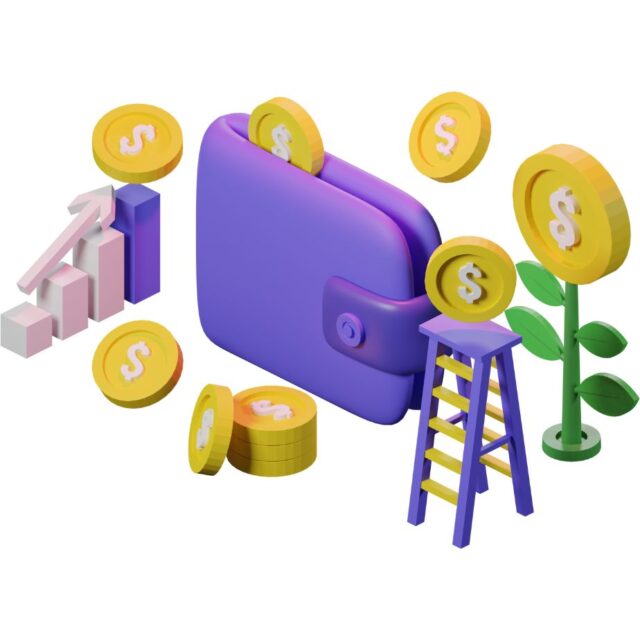
What is a gross vs net expense ratio and which is better for you? When it comes to investing, there are a lot of acronyms and terminology that can be confusing. Expense ratios are one of those things. In short, an expense ratio is the percentage of your investment that goes towards paying operating expenses associated with owning and managing the fund. There are two types of expense ratios: gross and net. Let’s take a closer look at each to see which might be best for you.
What is an expense ratio and why should you care about it?
When you are looking at investments, you will want to take a close look at the expense ratio. This is the percentage of your assets that will go towards fees every year. It is important to care about the expense ratio for a few reasons. First, it will eat into your returns. Second, it is a good indicator of how well a fund is managed. A high expense ratio usually means that the fund manager is not doing a good job of keeping costs down. Finally, you can use the expense ratio to compare different funds. All else being equal, you will want to choose the fund with the lower expense ratio.
Gross vs net expense ratios – what’s the difference and which one matters to you as an investor?
When it comes to investment funds, there are two key measures of how much it costs to own them – the gross expense ratio and the net expense ratio. The gross expense ratio is simply the total annual fees charged by the fund, expressed as a percentage of the total assets. The net expense ratio, on the other hand, takes into account any fee waivers or reimbursements that the fund may have received. As a result, it provides a more accurate measure of the true cost of owning the fund.
So which one should you care about? If you’re comparing two funds with different expense ratios, then obviously the lower number is better. However, it’s also important to keep in mind that some higher-cost funds may be worth the extra expense. For example, a fund with a high gross expense ratio but strong performance over time may still be a good value for investors. Ultimately, it’s important to look at both measures when evaluating an investment fund.
How to calculate your own gross and net expense ratios
To calculate your own gross and net expense ratios, you will need to obtain a copy of the fund’s most recent prospectus. Once you have this document, you can find the total annual fund operating expenses listed under “Management Fee.” To calculate the gross expense ratio, simply divide this number by the total assets listed in the prospectus. To calculate the net expense ratio, subtract any fee waivers or discounts from the total annual expenses, and then divide this number by the total assets. By doing a bit of research and some simple math, you can easily calculate your own gross and net expense ratios. This information can be helpful in determining which funds are right for you.
Examples of how different expense ratios can impact your investments
When you’re choosing investments, it’s important to pay attention to the expense ratio. This is the percentage of your assets that you pay in fees every year, and it can have a major impact on your returns. For example, let’s say you have $10,000 invested in a stock with an expense ratio of 0.5%. That means you’re paying $50 in fees every year. Now let’s say you have the same $10,000 invested in a stock with an expense ratio of 2%. That means you’re paying $200 in fees every year.
The difference may not seem like much, but over time it can add up. In fact, if both investments had the same rate of return, the investment with the lower expense ratio would be worth almost $40,000 more after 20 years. So when you’re choosing investments, be sure to compare expense ratios and choose the option that will save you money in the long run.
Tips for keeping your expenses low and your returns high
When it comes to investing, there is no one-size-fits-all strategy. However, there are a few general tips that can help you to keep your expenses low and your returns high. One of the most important things to remember is that time is often more important than timing. In other words, it’s better to start investing early and let your money grow over time than to try to time the market.
Another way to keep your expenses low is to invest in index funds or exchange-traded funds (ETFs), which offer broad exposure to the market at a relatively low cost. Finally, don’t forget to diversify your portfolio. By investing in a variety of assets, you’ll be able to weather the ups and downs of the market while still achieving your long-term goals.


































